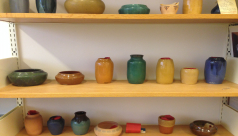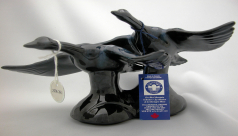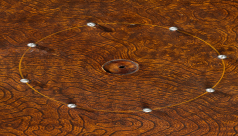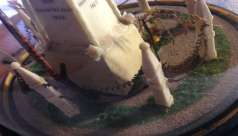History
Monthly Archive: December Hist
When Whaling is Your Tradition
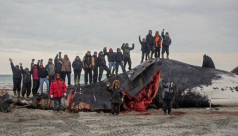
Guest blog written by Environmental Visual Communication student Ursula McClintock
In some Indigenous communities around the world, whaling is as much a part of their tradition as my family’s turkey dinner at Thanksgiving and Christmas. Whale hunting has played an integral role in feeding Inuit communities for millennia. Bowhead whales, among many other species of whales, were hunted to near extinction at the turn of the 20th century. Yet more often than not, Indigenous communities are cast in the same light as the commercial groups that are responsible for the near collapse of populations of these iconic marine animals.
CANADA 150 - Manitoba - The Manitoba Glass Company (and narrative gaps)
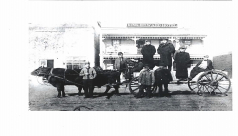
CANADA 150 - Quebec - Trade beads
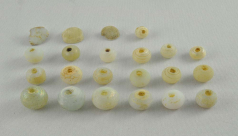
This week, I want to write about beads.
Who sings for blues? How Blue Whales became ingredients in everyday products
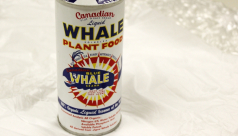
Living in Ontario, the Blue Whale in the vast ocean may seem a distant thought from our daily lives. But our history with these animals is more intertwined than we realize - for example, would you ever use fertilizer in your garden made from blue whales? Canadians used to! Read this guest blog post by ROM Biodiversity / Blue Whale team member Katherine Ing to find out a bit more about the other ways whale products became a part of everyday life during the peak of industrial whaling, and what that means for modern global whale conservation.
Canada 150 - Prince Edward Island - red pottery
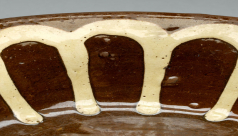
One of my favorite things to think about when studying craft objects is the way in which they can teach us about the place where they were made, in both sociocultural and environmental aspects. Most often craft objects are examined from the sociocultural perspective, but the environmental perspective is important. Crafts are objects made in places, with natural resources. The story of some craft objects can teach us a great deal about the natural world and how human beings use the products of the natural world.

